





The Surrealism Website
Victor Brauner (1903-1966)
 Victor Brauner is not so well known today though he was a great influence on the style. He was born in Romania in the early years of the twentieth century. In 1930, fearing the rise of Fascism in Romania he came to Paris, met Yves Tanguy and became part of the surrealist group.
Victor Brauner is not so well known today though he was a great influence on the style. He was born in Romania in the early years of the twentieth century. In 1930, fearing the rise of Fascism in Romania he came to Paris, met Yves Tanguy and became part of the surrealist group.
His paintings from the 1930s are a surrealist tour-de-force, articulating a style that was very influential on later painters. The Indicator of Space comes from 1934. Here a strange mechanical device, in humanoid form, shrouded in a green cloth, points out a direction. Other elements are added to intrigue and challenge the viewer, such as the hole in the checkerboard pavement down which a foot is seen, a small sphere placed at a gap in the pavement pattern and an ambiguous figure in the background behind a wall.
Another picture from the same time, Kabyline in movement, used similar imagery. Brauner creates an image that we struggle to understand, a tension between the clarity of his imagery and the lack of any narrative to connect together the components. This puzzling, enigmatic, display of imagery became a key device of surrealism.
In 1937 he painted The City I dream in which he takes us into a De Chirico inspired cityscape, complete with distorted perspective. The building in his city are large, out of scale, forms derived from common objects, a shoe, a female torso, a hand, a foot and a sculpted head. This could have been a rather uninteresting work but for his depiction of the uniformed figure, like a military bandmaster, standing in front of the white cube and gesturing towards the city buildings. This immediately engages us as viewer and providing us with a focus. There is no need for a narrative.
In August 1938, shortly before this was painted, fellow surrealist Oscar Dominquez, threw a glass which struck Brauner's left eye and as a consequence he lost his sight in that eye. Thankfully this did not deter Brauner, indeed it led to some new developments in his style. Strangely seven years earlier in 1931 Brauner had painted a self-portrait showing him with an injured eye.
In a series of paintings from 1939 and 40 he developed a spectral style using diffuse, ethereal, glases. Thus in Mitsi 1939 he presents a naked female figure standing on kitten like high heels, her body segmented and lacking arms. Emerging out of her like ectopasm is a diffuse smokey, spirit form.
In The inner life Nude and Spectral Still Life later that year he develops this Mitsi image further, creating two parallel forms, an outer solid figure and a spectral soul. These are linked together within a thin membrane almost like a glass bottle or flask. Here Brauner may have been attempting to represent the so-called etheric body believed in by the Theosophists and other esoteric movements of the time. Brauner's father had been involved in theosophy so such ideas would have been familiar to him.
Another similar work from this period is the Philosophers' Stone 1940, in which a tall thin female figure enveloped in a misty aura enters a room on which a glowing stone in the form of a Platonic solid similar to an icosahedron appears to grow or be set upon a tree. This group of paintings appears to have inspired, a few decades later, some paintings by Leonora Carrington and Remedios Varo.
Brauner was one of the early surrealists who was especially drawn to esoteric ideas. This is not merely an occasional external influence but his library indicates a familiarity with this esoteric, magical and alchemical material. His Birth of Matter which was clearly drawn from alchemical imagery. The lesser known surrealist painter Kurt Seligmann was very interested in this sort of esoteric material and was later to write a popular book on the subject.
Probably his best known painting The Surrealist of 1947, depicts the surrealist as the Magician card from the Tarot. He stands at his magical table which is in the form of a stylised dragonfly.
From the 1950s Brauner shifted a little away from his high surrealism and began working more with drawing on paper, encaustic, and thin oil paint on boards. These are flat stylised figures often becoming more abstract.
Victor Brauner, though now little known, was undoubtedly one of the major figures of Surrealism. His output in the 1930s and 40s was very influential on later painters.
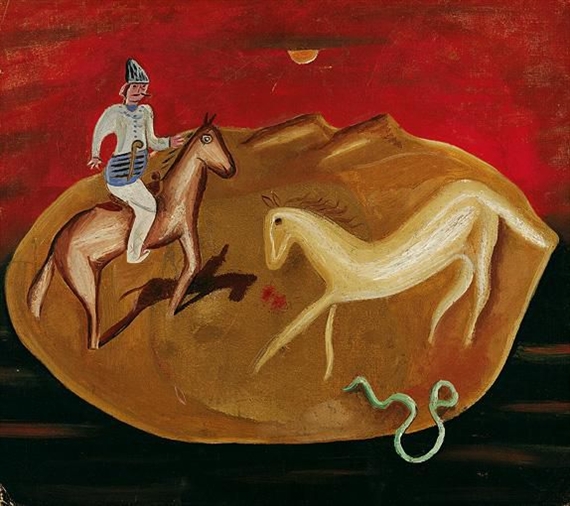
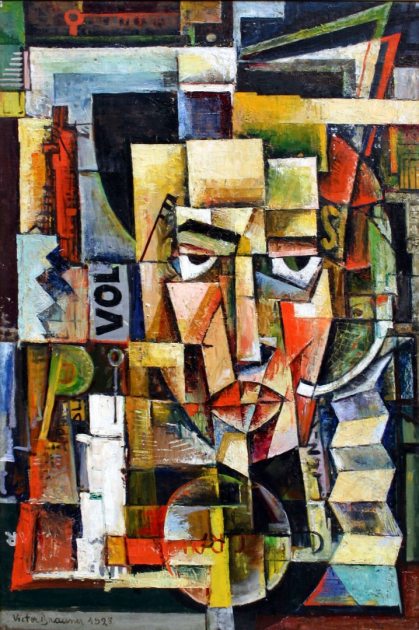
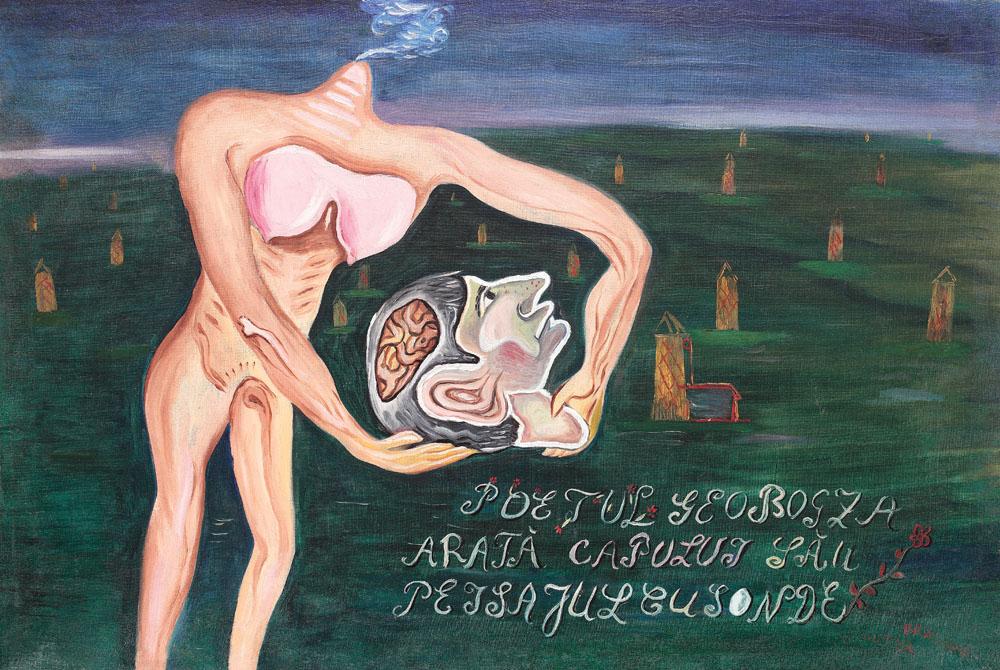

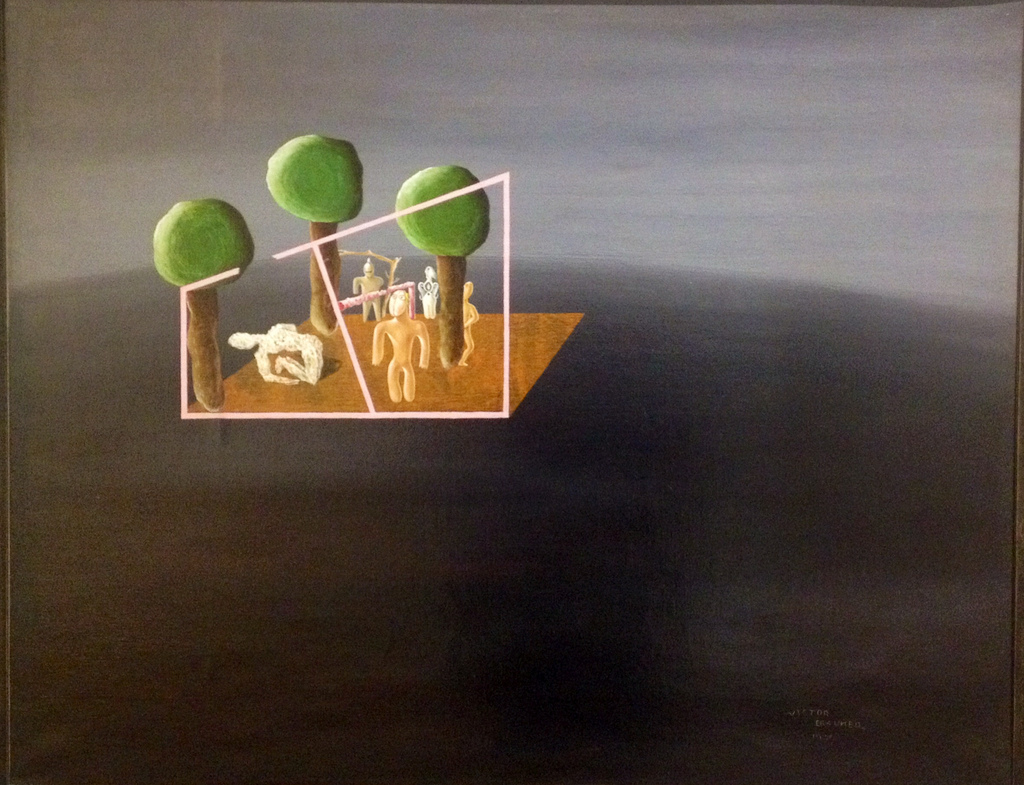

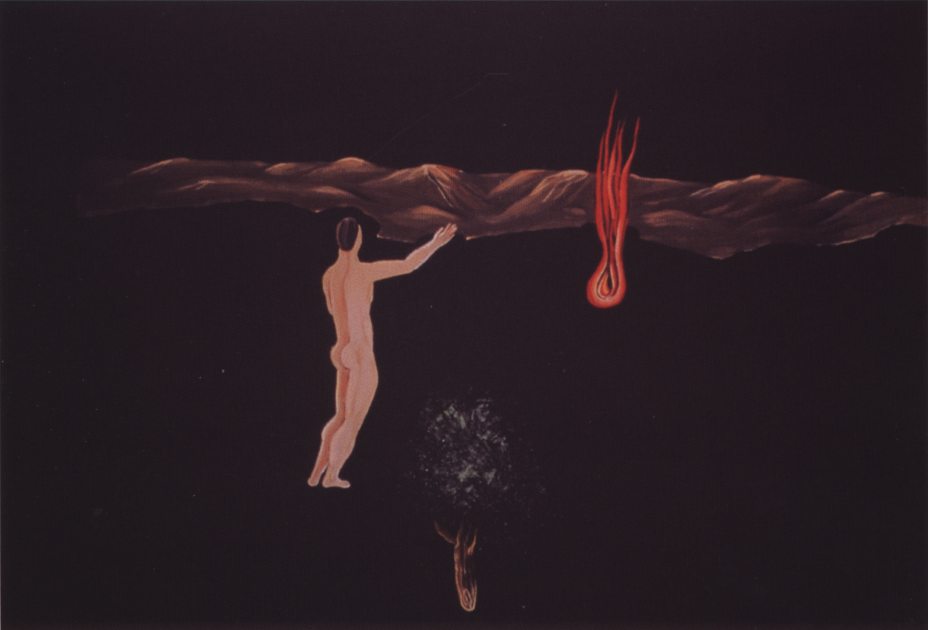
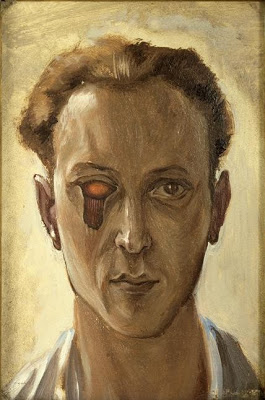
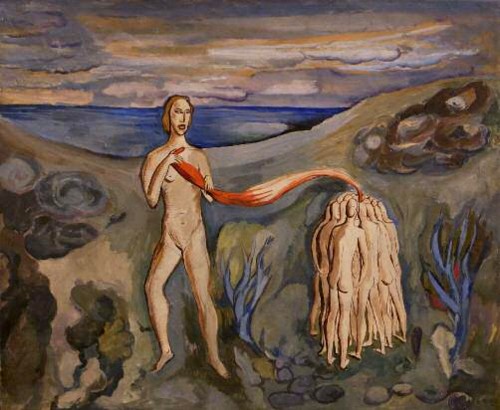
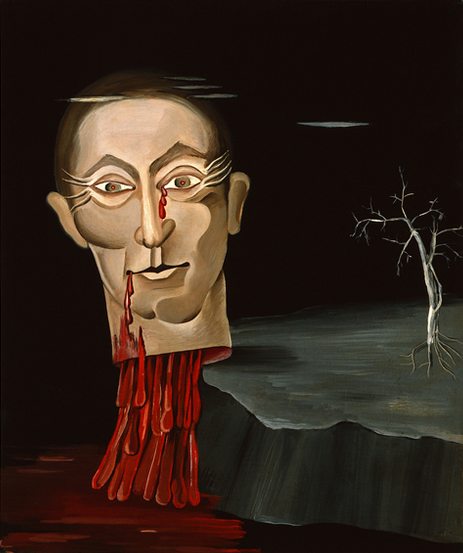

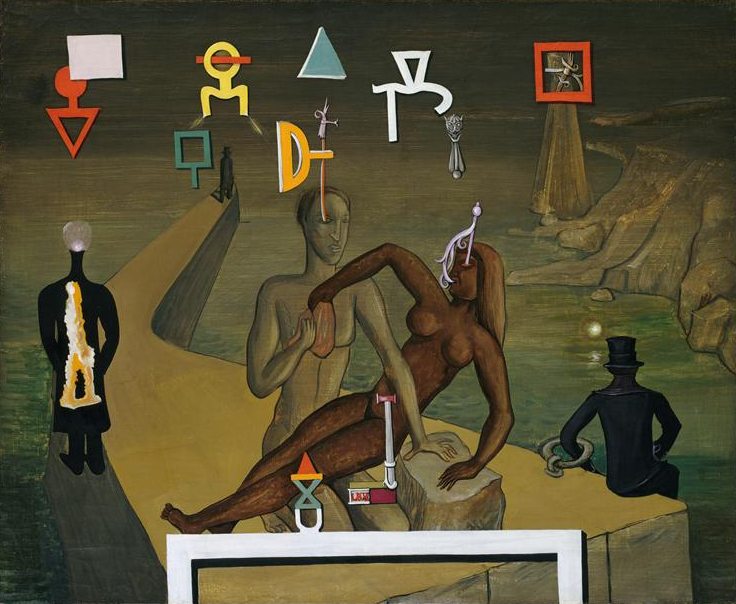
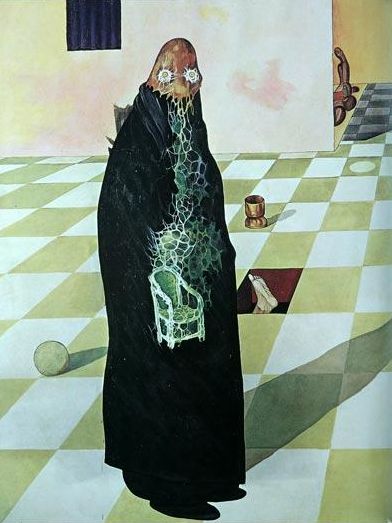
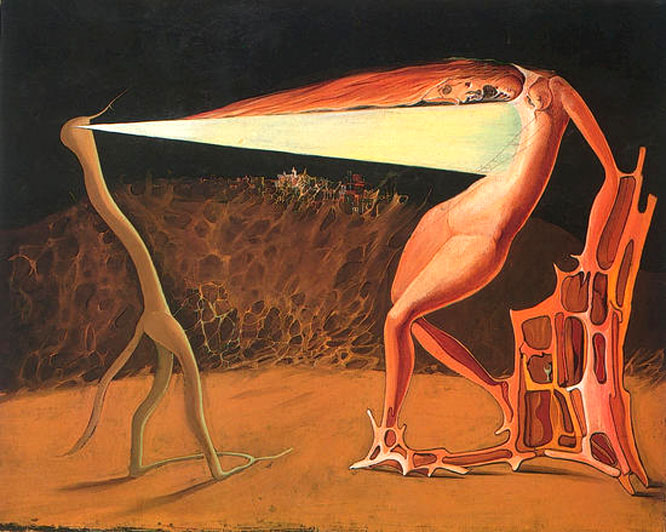
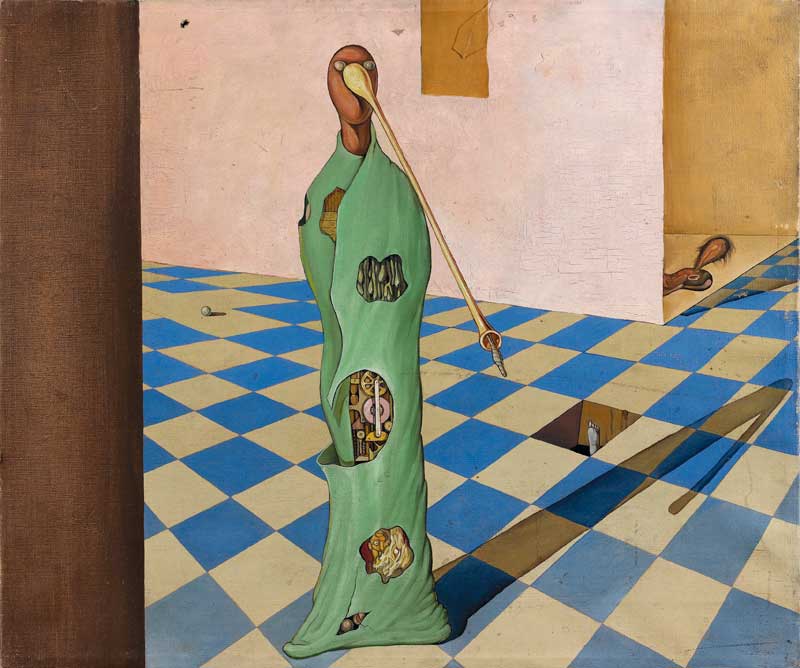
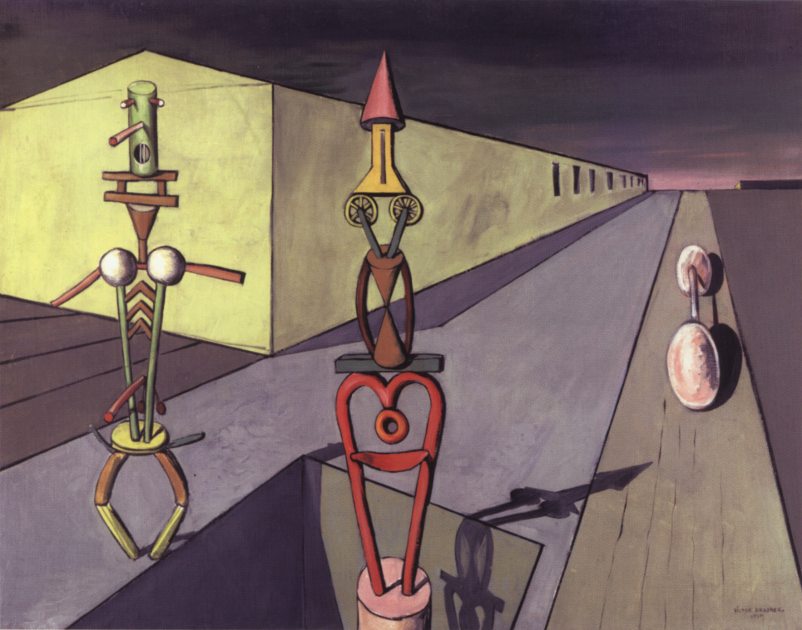
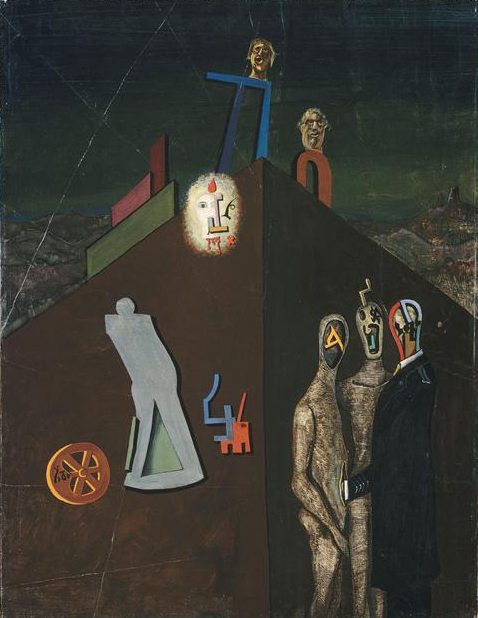
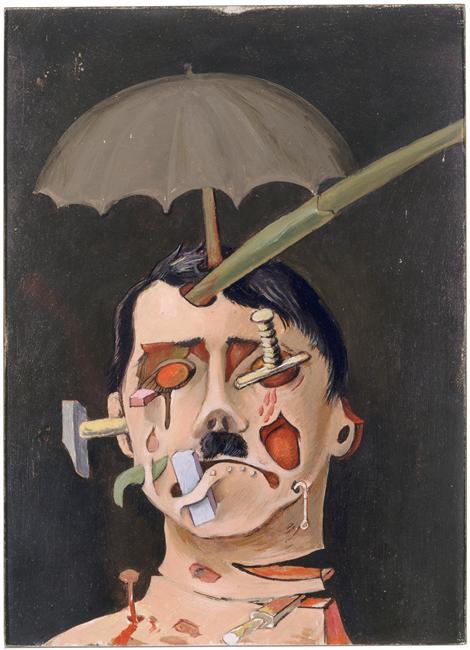
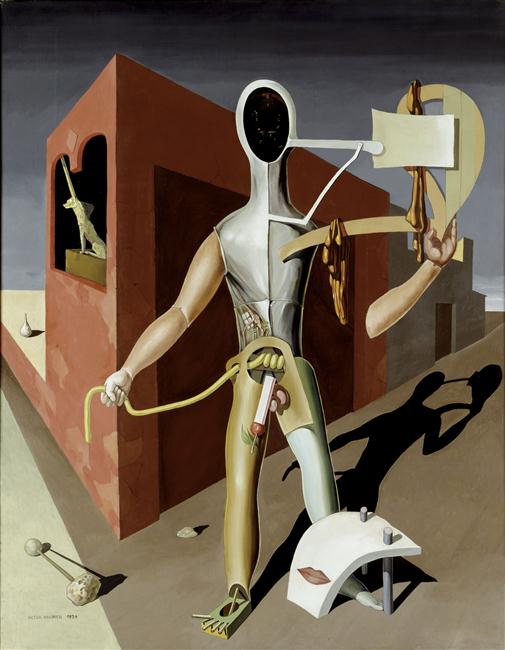
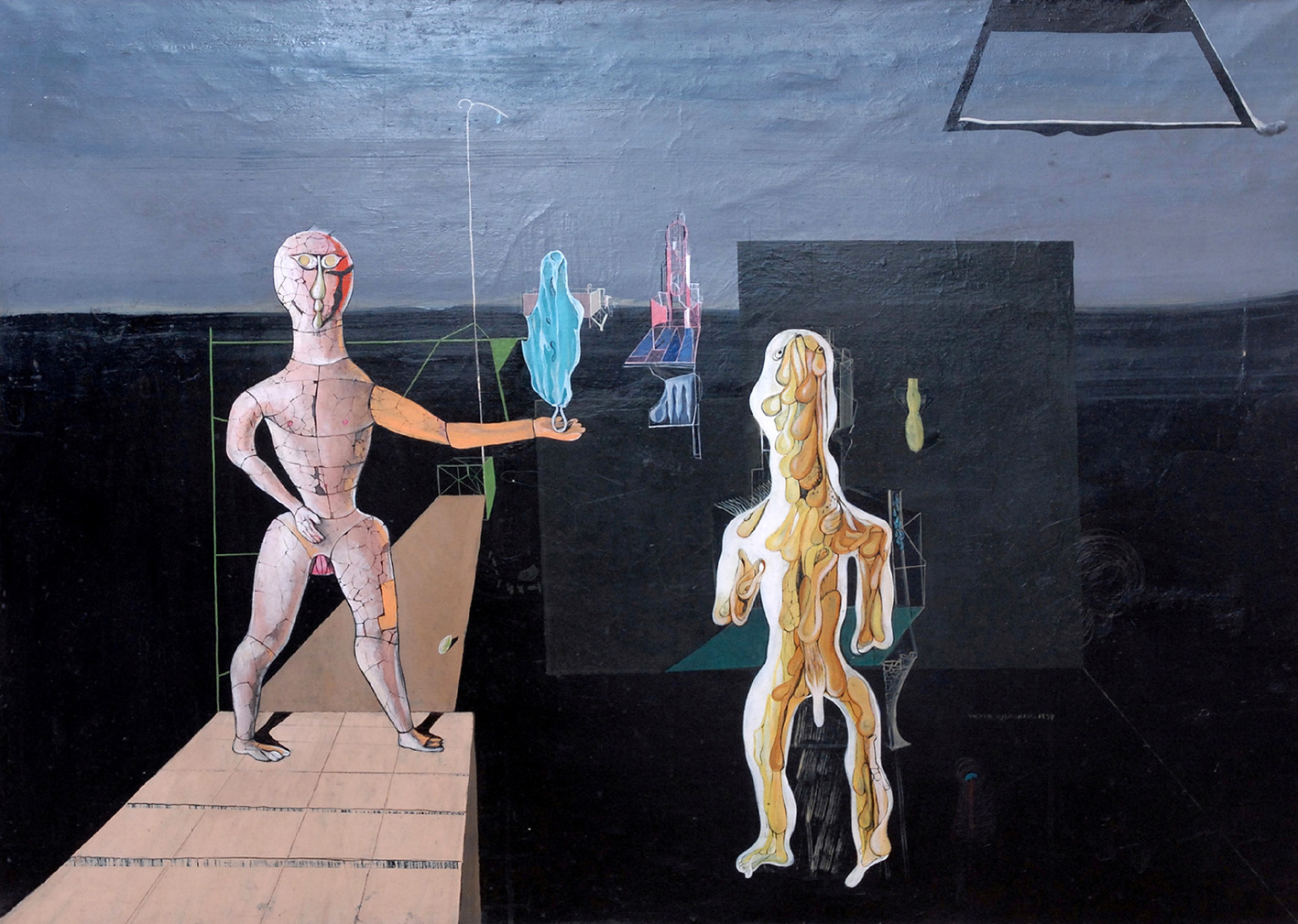
.jpg)
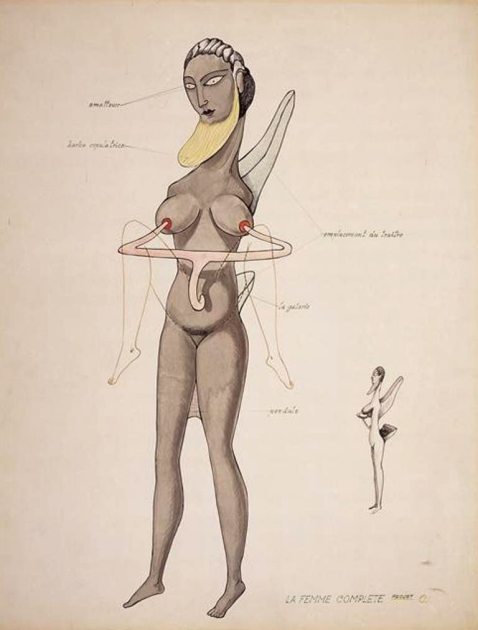
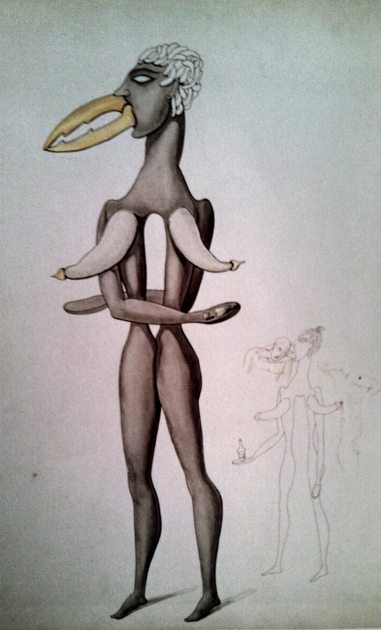
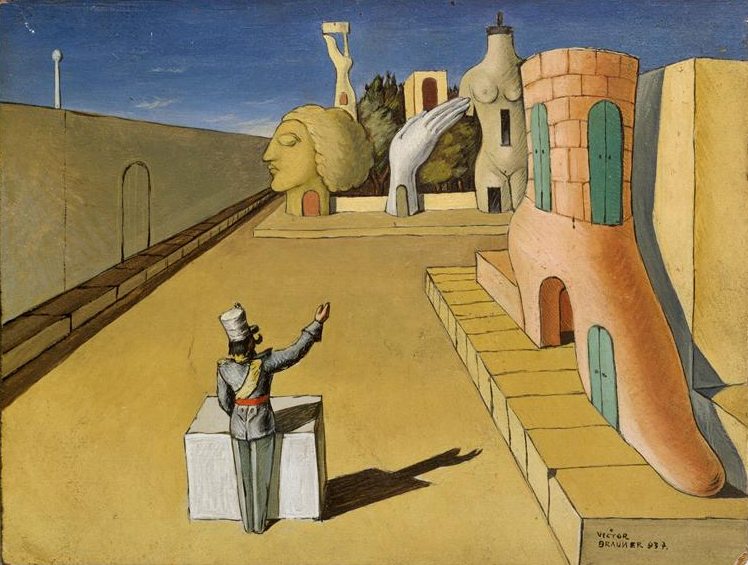
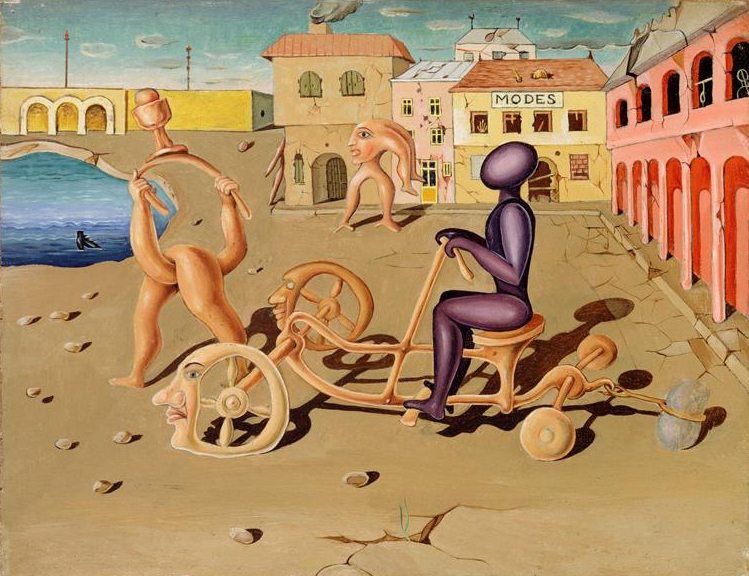
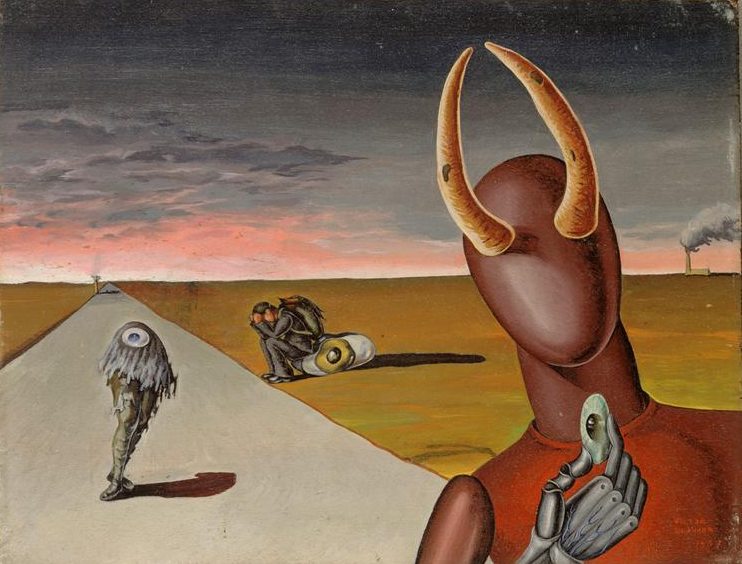
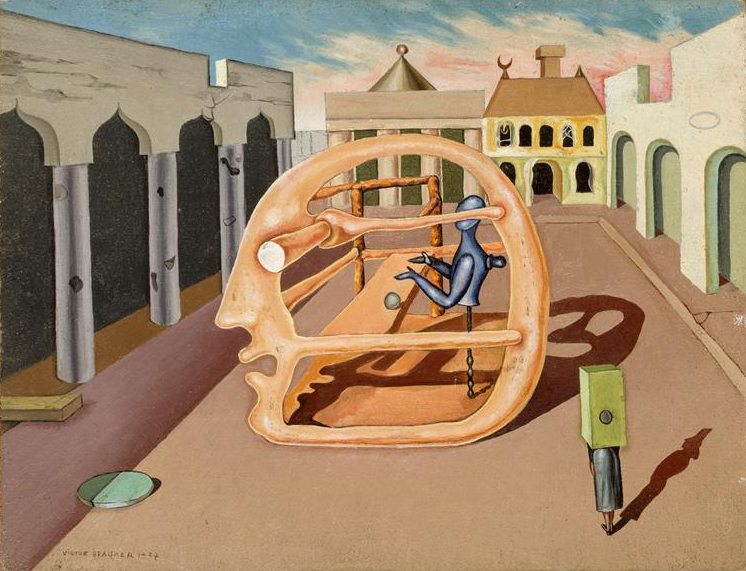
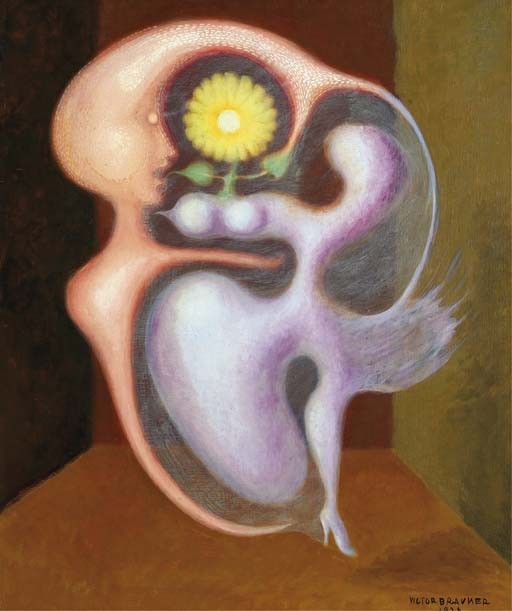
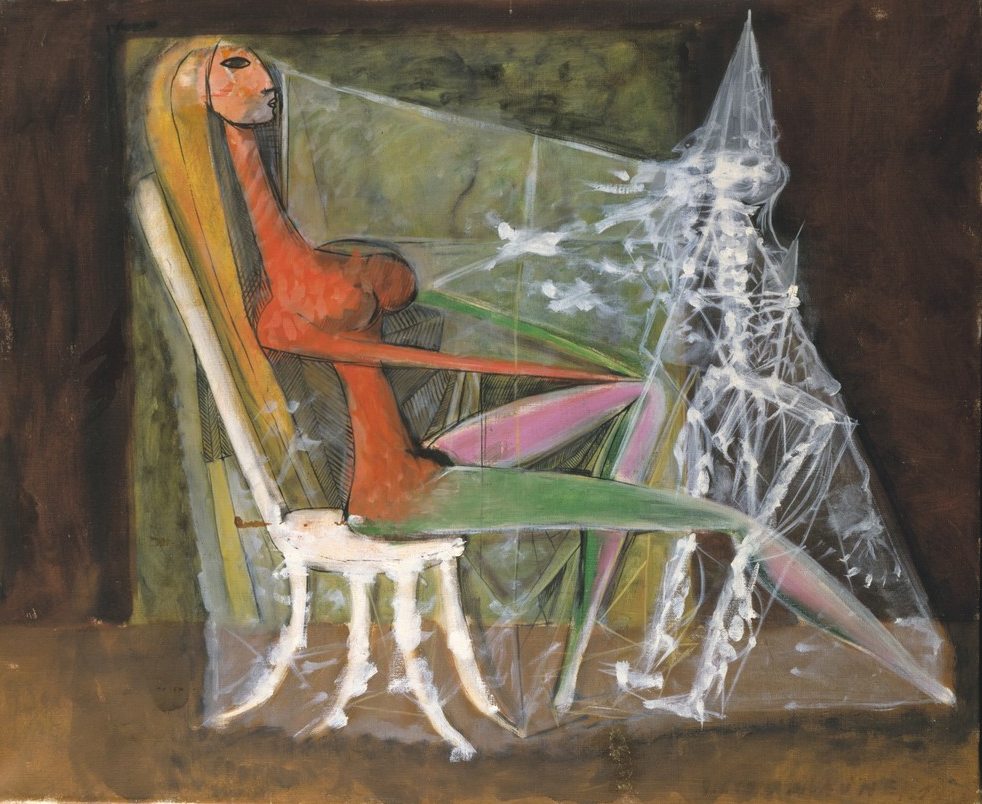
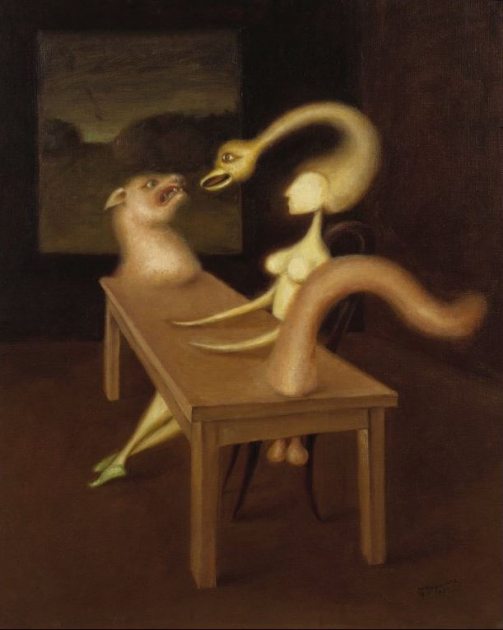

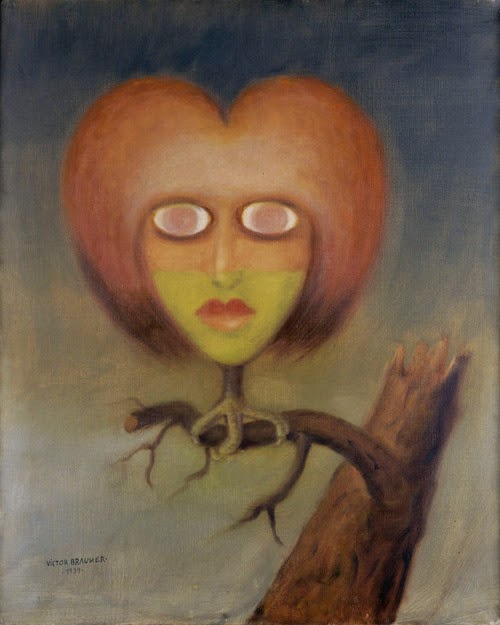
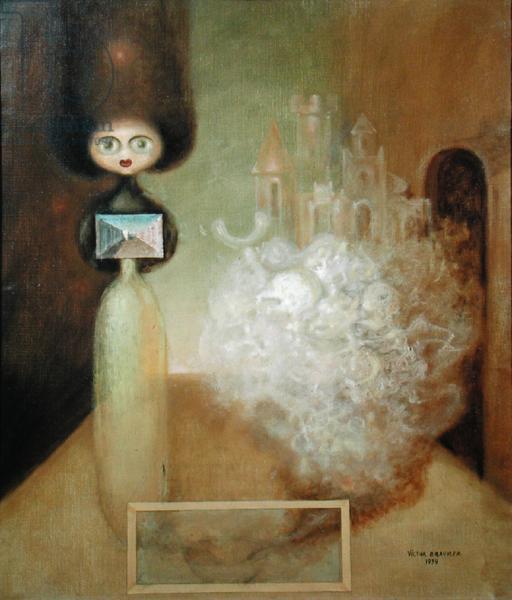
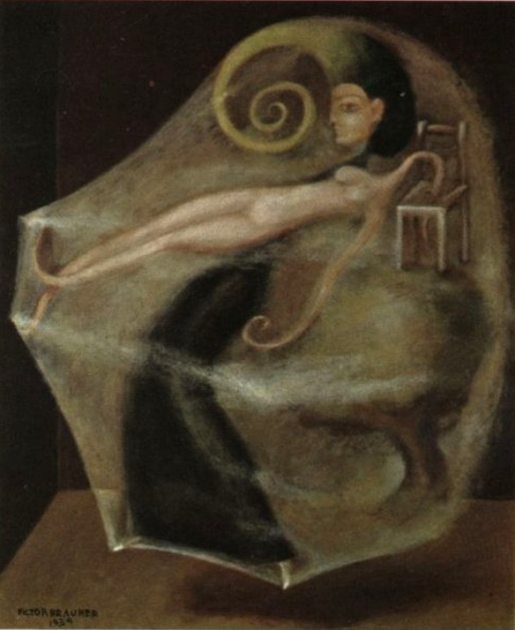
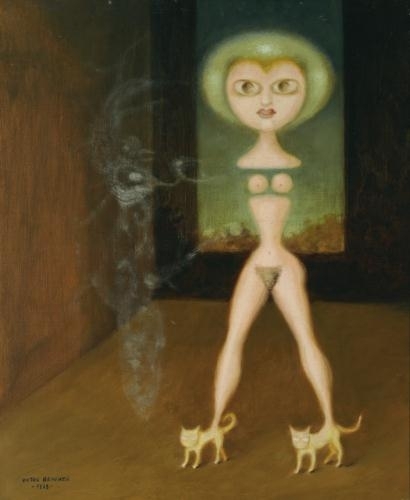
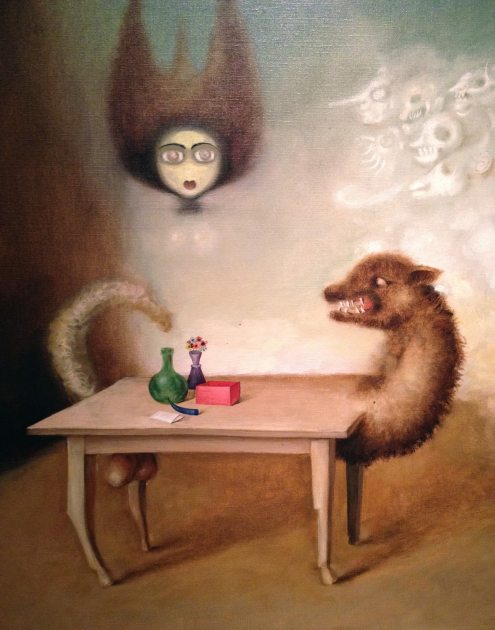


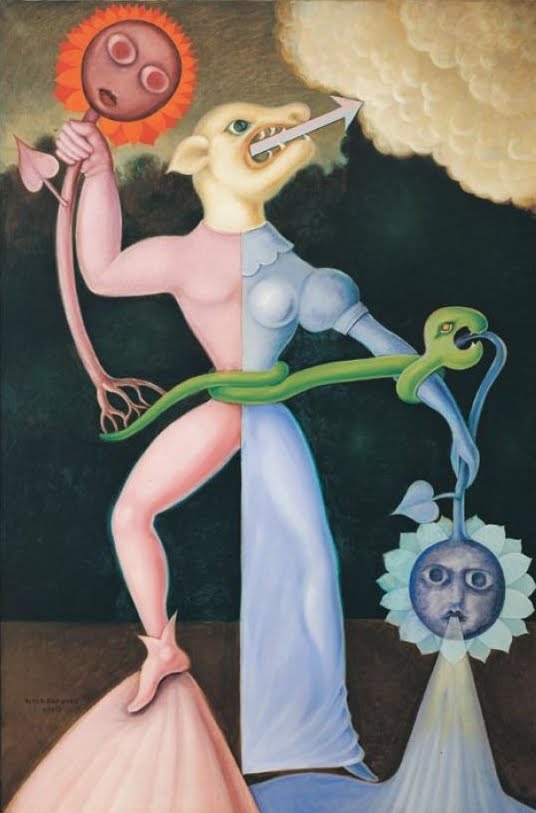
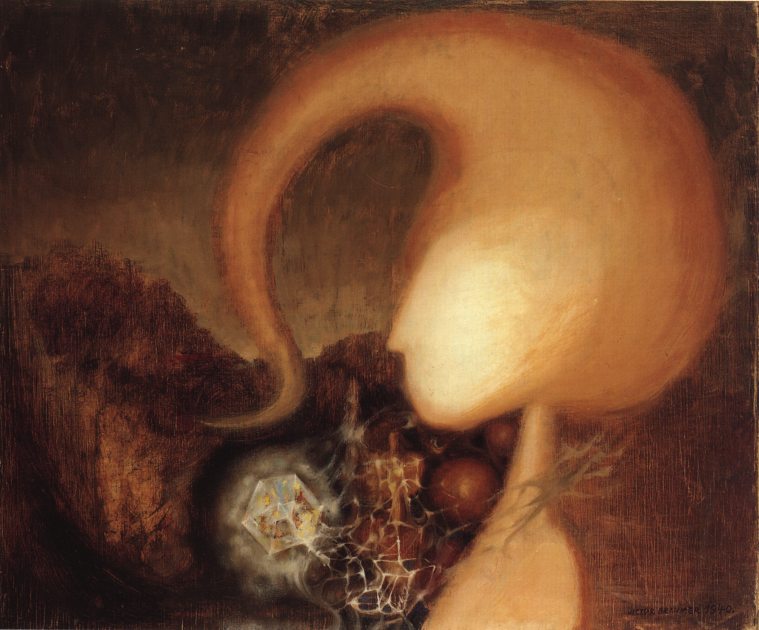
.jpg)
.jpg)
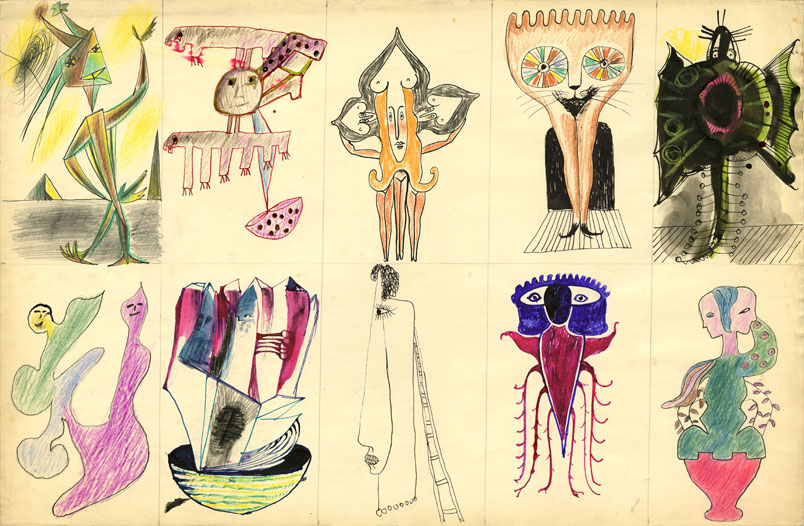
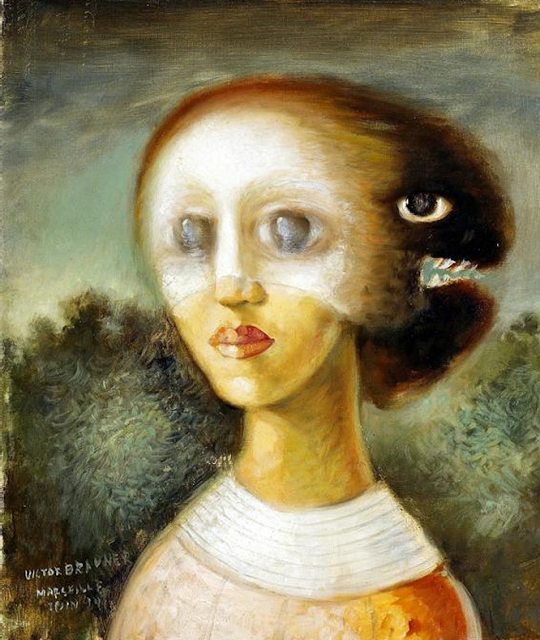
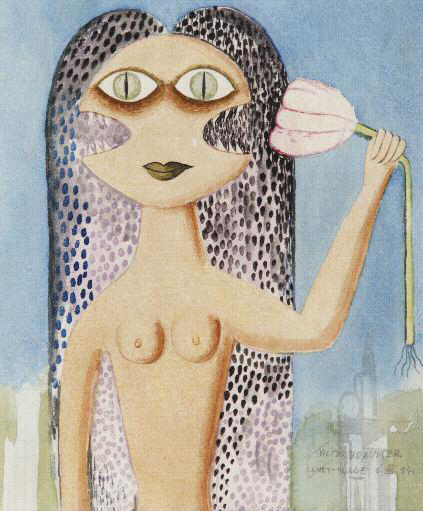
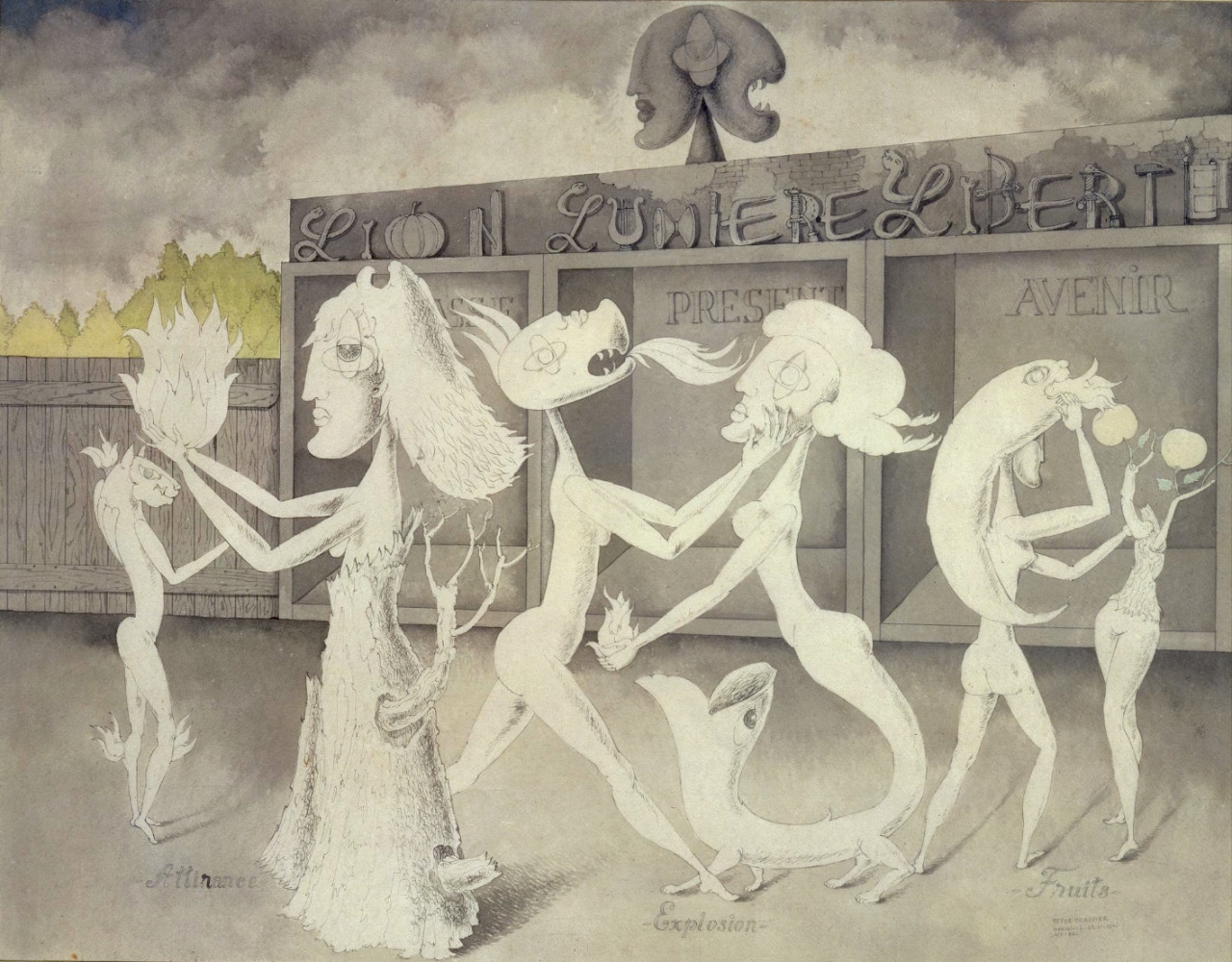
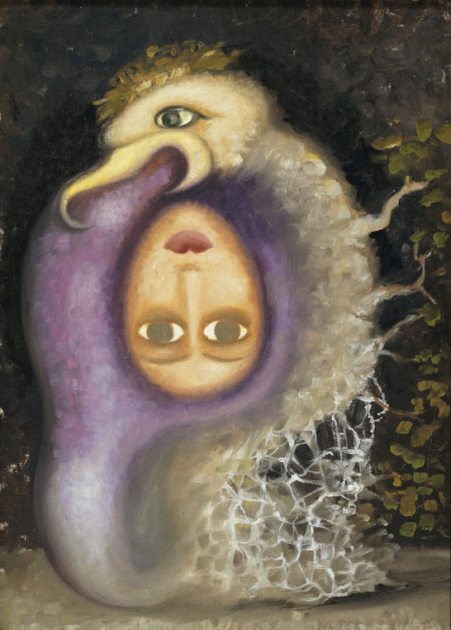
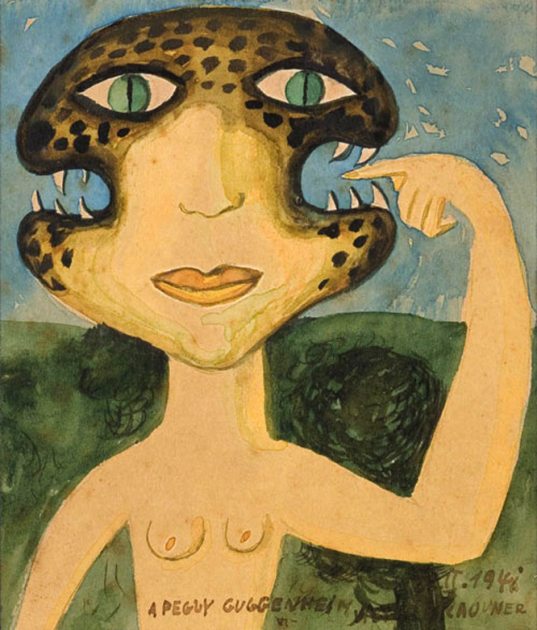

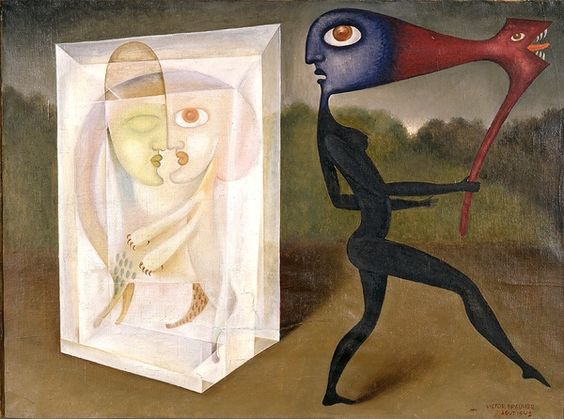

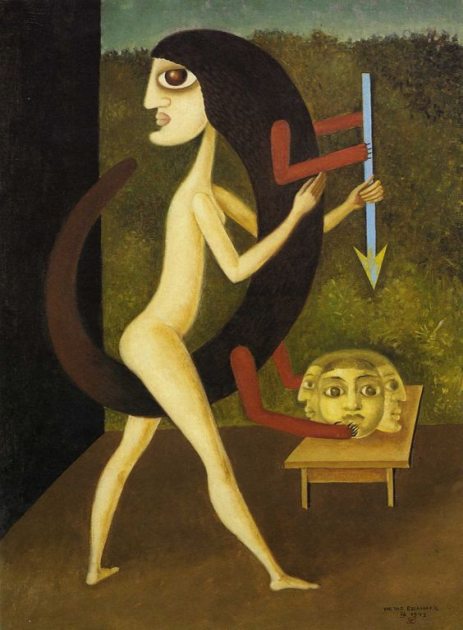

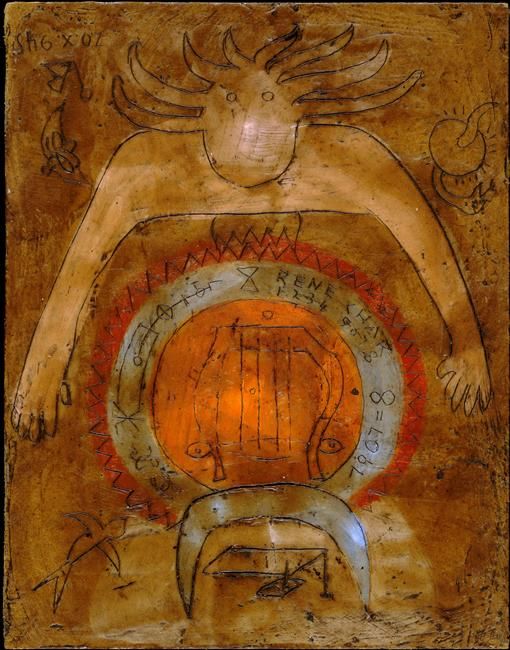

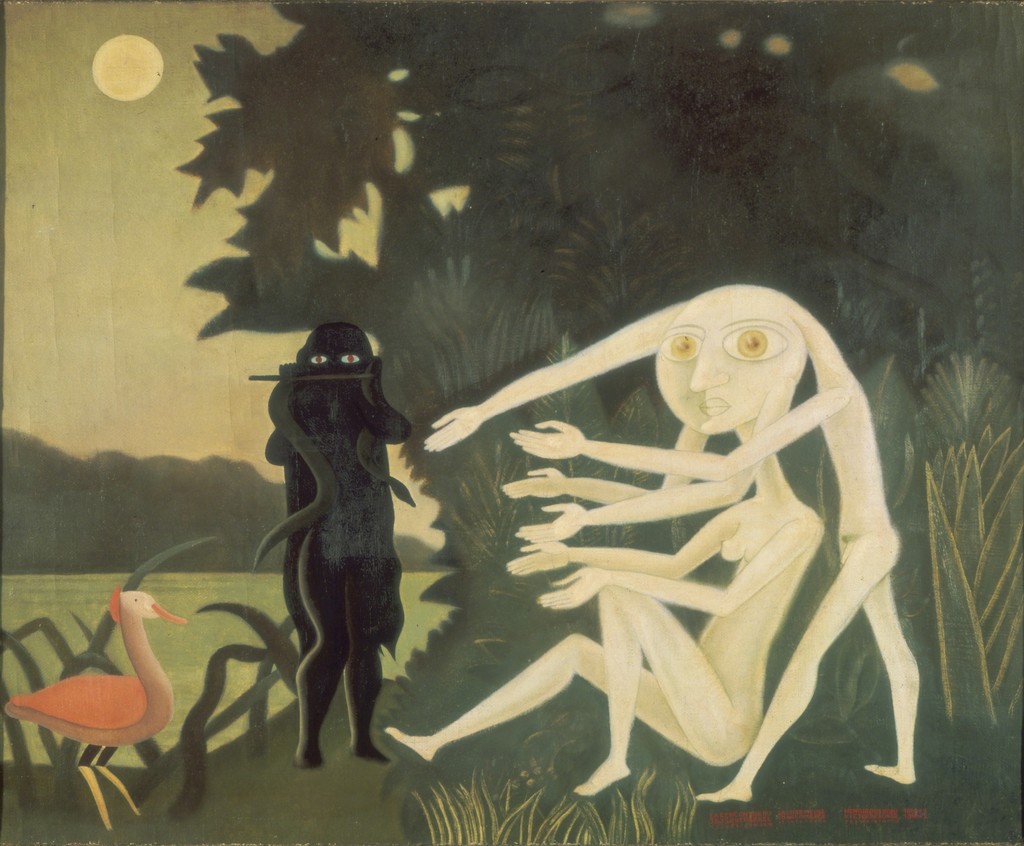
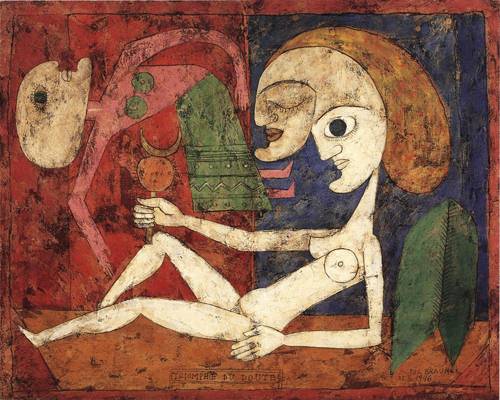
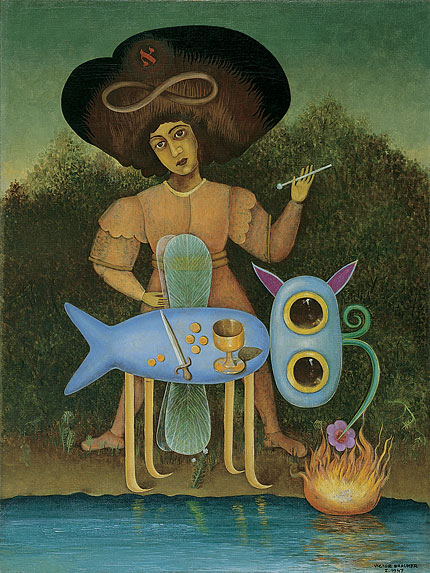
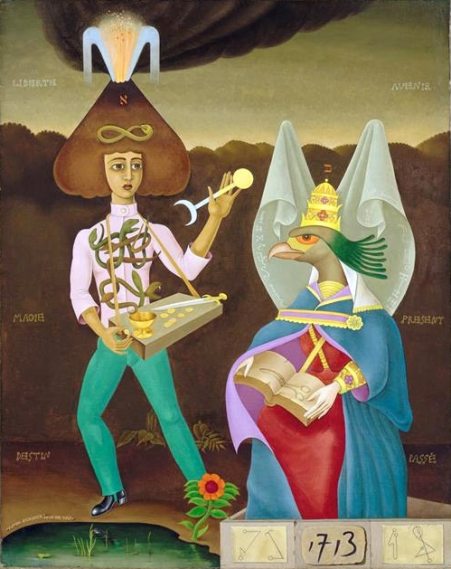
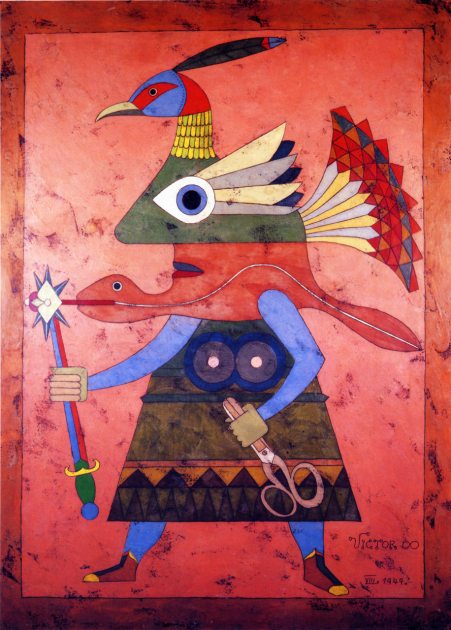

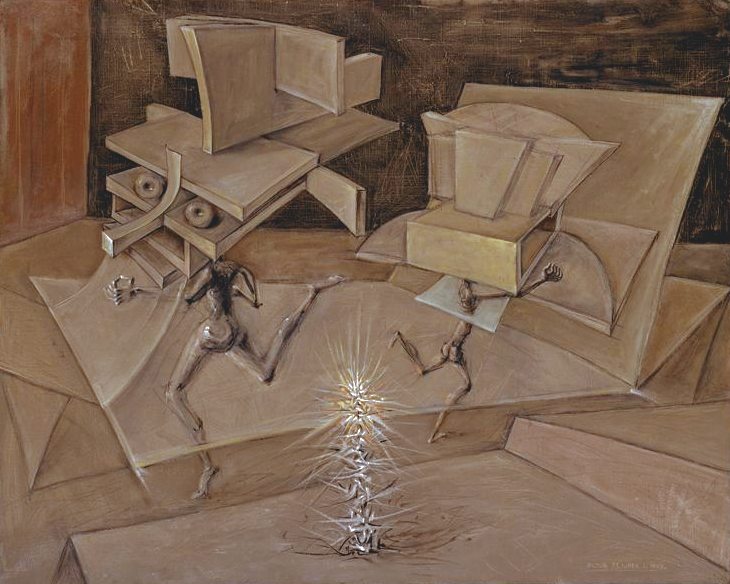
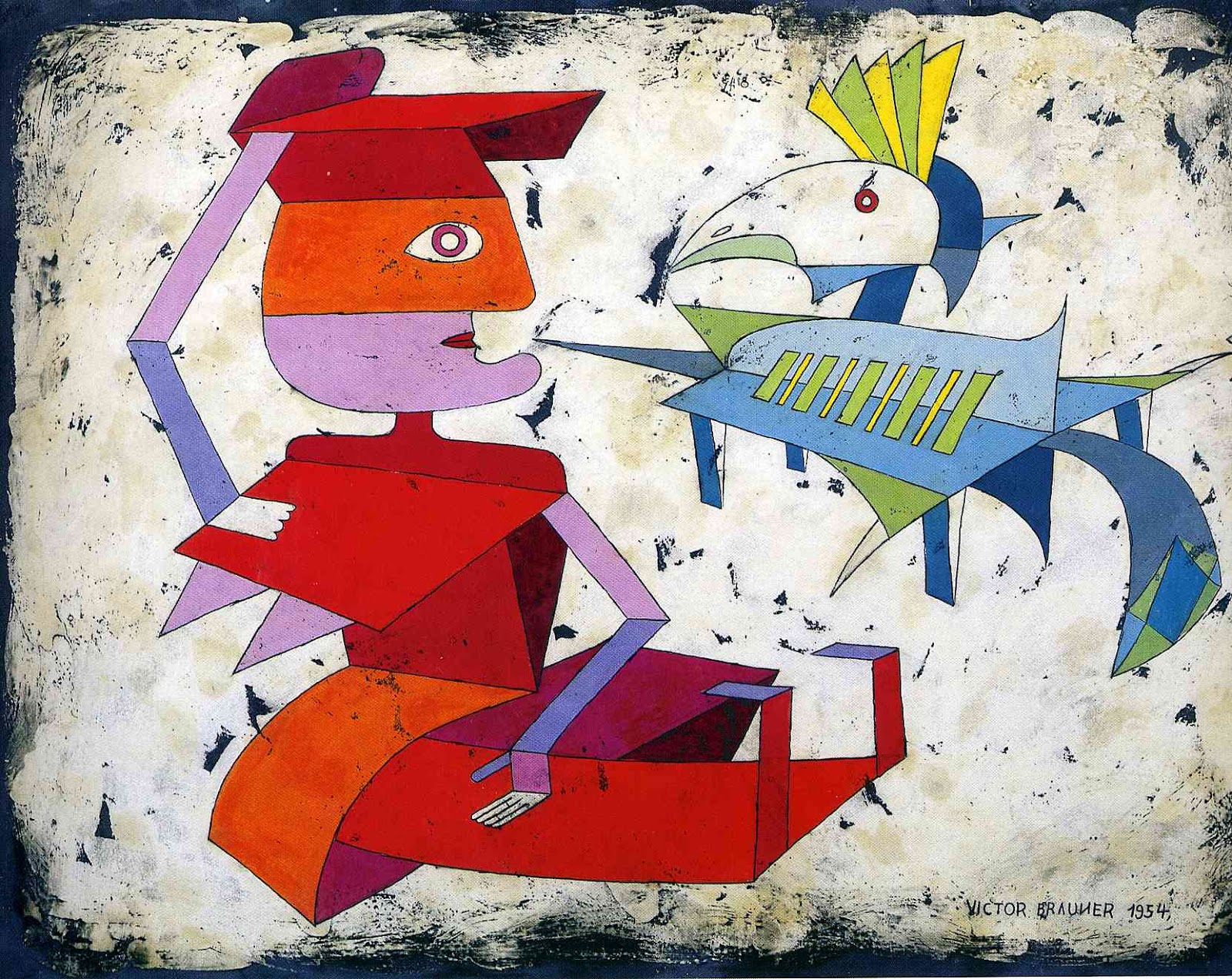
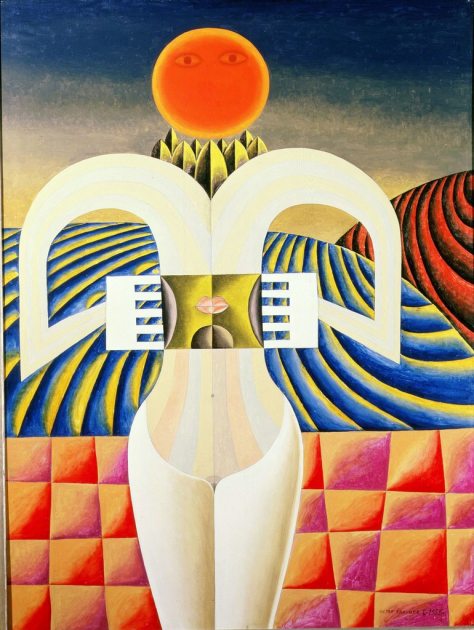
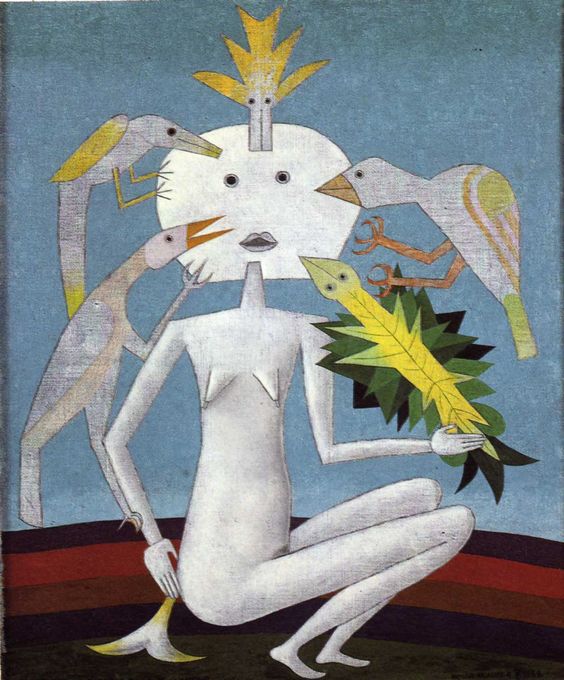
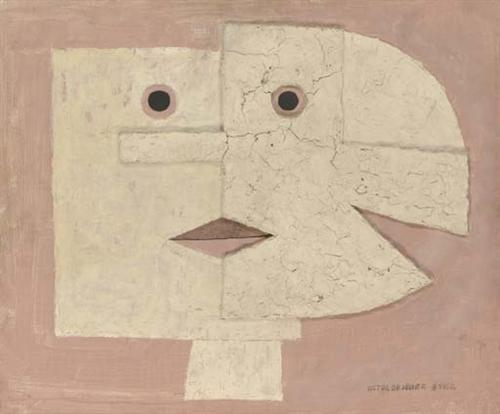


























.jpg)



















.jpg)
.jpg)
























 Victor Brauner is not so well known today though he was a great influence on the style. He was born in Romania in the early years of the twentieth century. In 1930, fearing the rise of Fascism in Romania he came to Paris, met Yves Tanguy and became part of the surrealist group.
Victor Brauner is not so well known today though he was a great influence on the style. He was born in Romania in the early years of the twentieth century. In 1930, fearing the rise of Fascism in Romania he came to Paris, met Yves Tanguy and became part of the surrealist group.